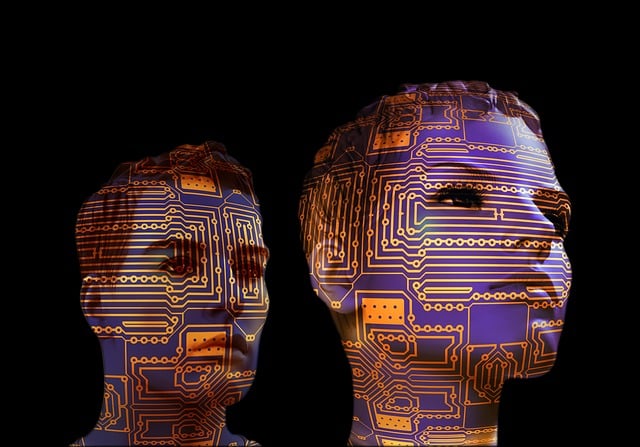Animation Technology
Professional animation techniques for creating fluid, responsive, and visually compelling game experiences.
Interpolation Mastery

Linear Interpolation (Lerp)
The foundation of smooth animation. Master linear interpolation for position, rotation, and scaling. Understand when linear motion feels natural and when it appears mechanical.
Easing Functions
Bring life to motion with ease-in, ease-out, and custom easing curves. Learn how different timing functions affect the perception of weight, momentum, and character personality.

Spherical Interpolation (Slerp)
Master rotation interpolation using quaternions and slerp. Avoid gimbal lock and achieve smooth, natural rotational movement for characters and cameras.
Rigging Principles
Bone Hierarchies
Design efficient skeletal structures for characters and objects. Understand parent-child relationships, inverse kinematics, and how bone placement affects animation quality.
Weight Painting
Master vertex weight distribution for smooth deformation. Learn techniques for achieving natural skin movement, muscle bulging, and clothing simulation.
Constraint Systems
Implement look-at constraints, aim constraints, and custom control rigs. Automate complex animations while maintaining artistic control over character movement.
Tweening vs Keyframes
Procedural Animation
When to use code-driven tweening for UI elements, camera movements, and interactive objects. Benefits include smaller file sizes and infinite customization possibilities.
Keyframe Animation
Traditional hand-crafted animation for character acting, facial expressions, and complex sequences. Learn when artistic control outweighs procedural efficiency.
Hybrid Approaches
Combine keyframe and procedural animation for maximum flexibility. Use keyframes for main poses and procedural blending for variations and responsive elements.
Advanced Techniques
State Machines
Design robust animation state systems for character behavior. Handle transitions, blend trees, and complex animation logic while maintaining performance and clarity.
Motion Matching
Implement advanced character animation using motion capture databases. Achieve natural, responsive character movement that adapts to player input in real-time.
Physics Integration
Blend kinematic animation with physics simulation. Create convincing ragdoll transitions, cloth dynamics, and interactive animation responses to game events.
Performance Optimization
Animation Optimization Strategies
LOD Systems: Reduce animation complexity at distance using level-of-detail techniques for skeletal animation and bone counts.
Culling Techniques: Implement frustum culling and occlusion culling for animations. Don't animate what players can't see.
Compression Methods: Use animation compression techniques like quantization and keyframe reduction while maintaining visual quality.
Update Scheduling: Stagger animation updates across frames to maintain consistent performance during complex scenes.
Master the Complete System
Combine motion dynamics and animation techniques for professional-grade game development.